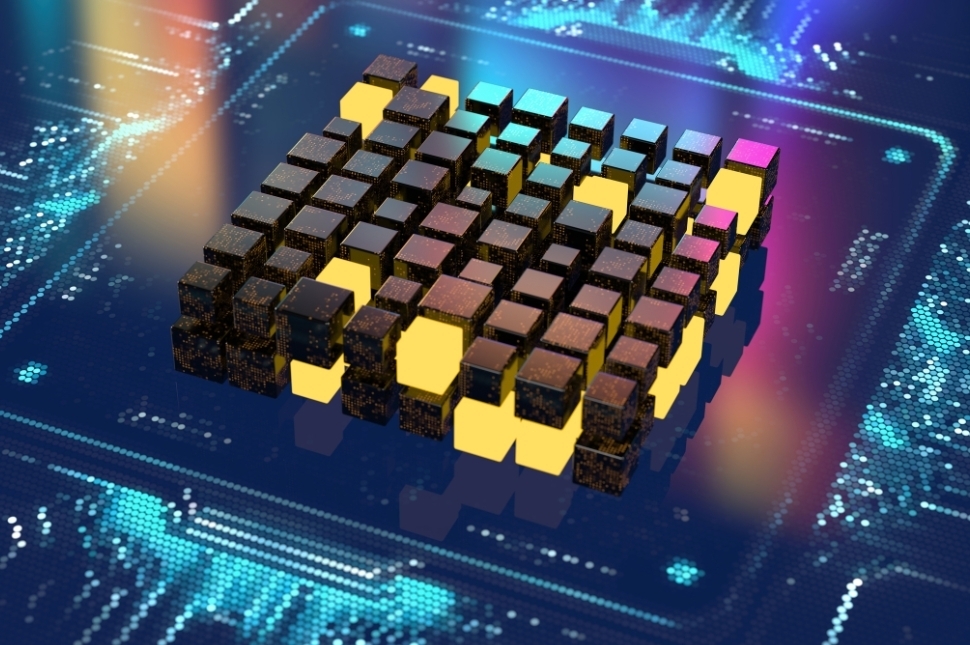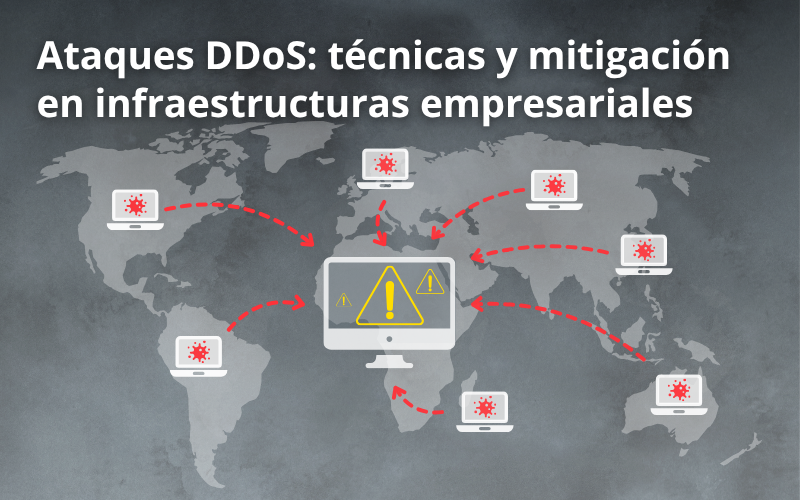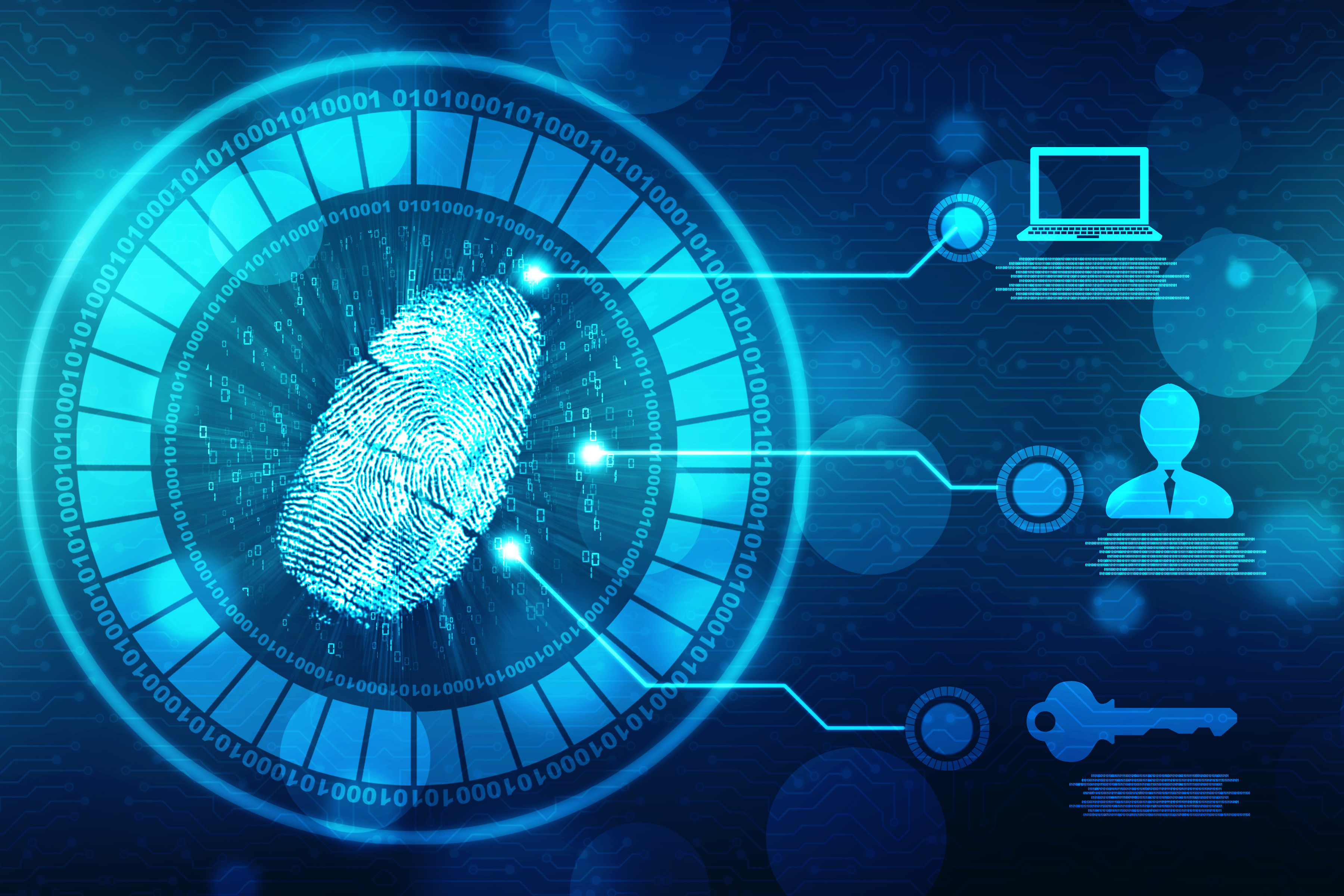Cibersecurity in supercomputing and quantic computing
Posted on 18/09/2025, by
INCIBE (INCIBE)

Quantum computing is radically changing the cybersecurity landscape. While this technology offers significant advances in processing and analysis capabilities with extensive applications in simulation, optimisation, and artificial intelligence, it also poses an unprecedented threat to the traditional cryptographic systems that underpin current online security. Quantum computing, in particular, has the potential to break algorithms such as RSA, ECC and other public key systems using techniques such as Shor's algorithm. This scenario, anticipated as ‘Q-Day’, forces a massive migration from current cryptography to quantum-safe cryptography. Given that many current systems and devices will not be able to adapt easily, a considerable technical and organisational effort is required.
Etiquetas











